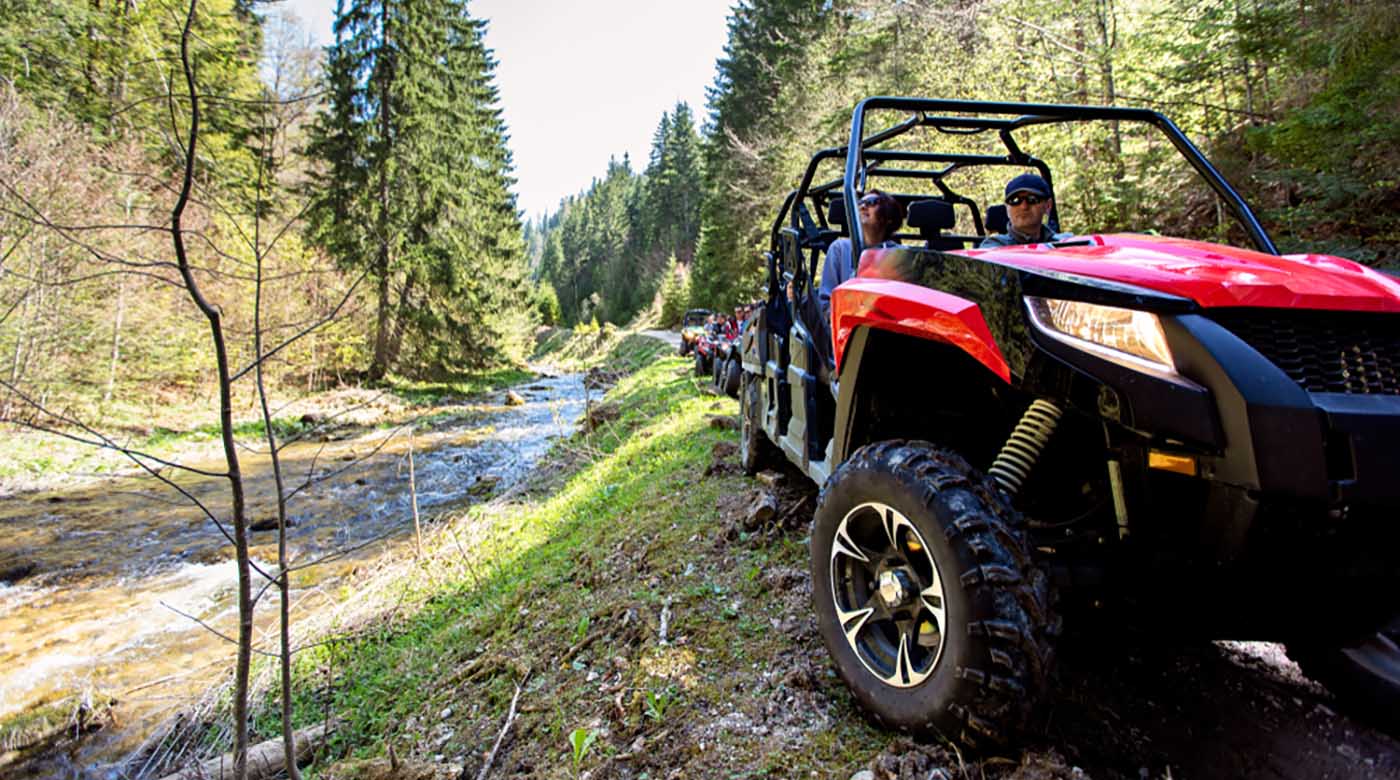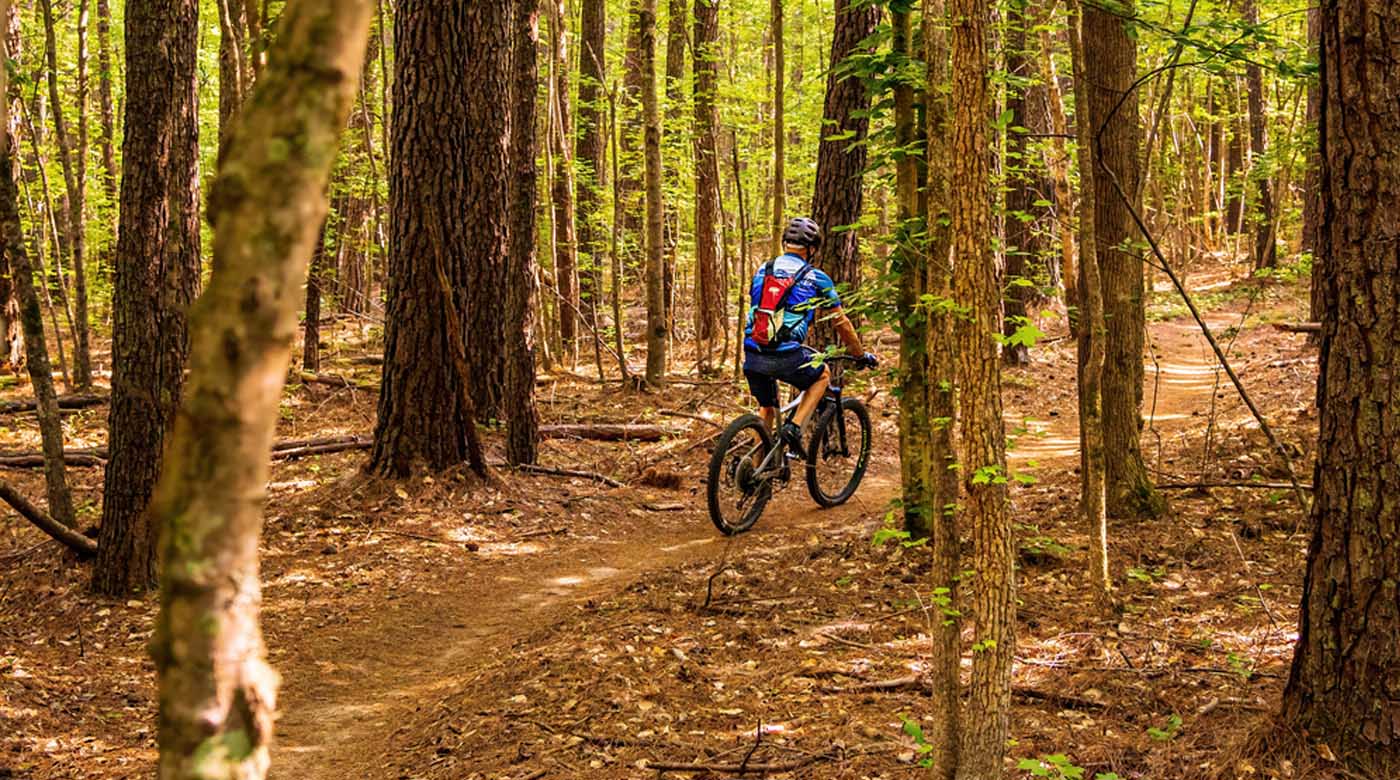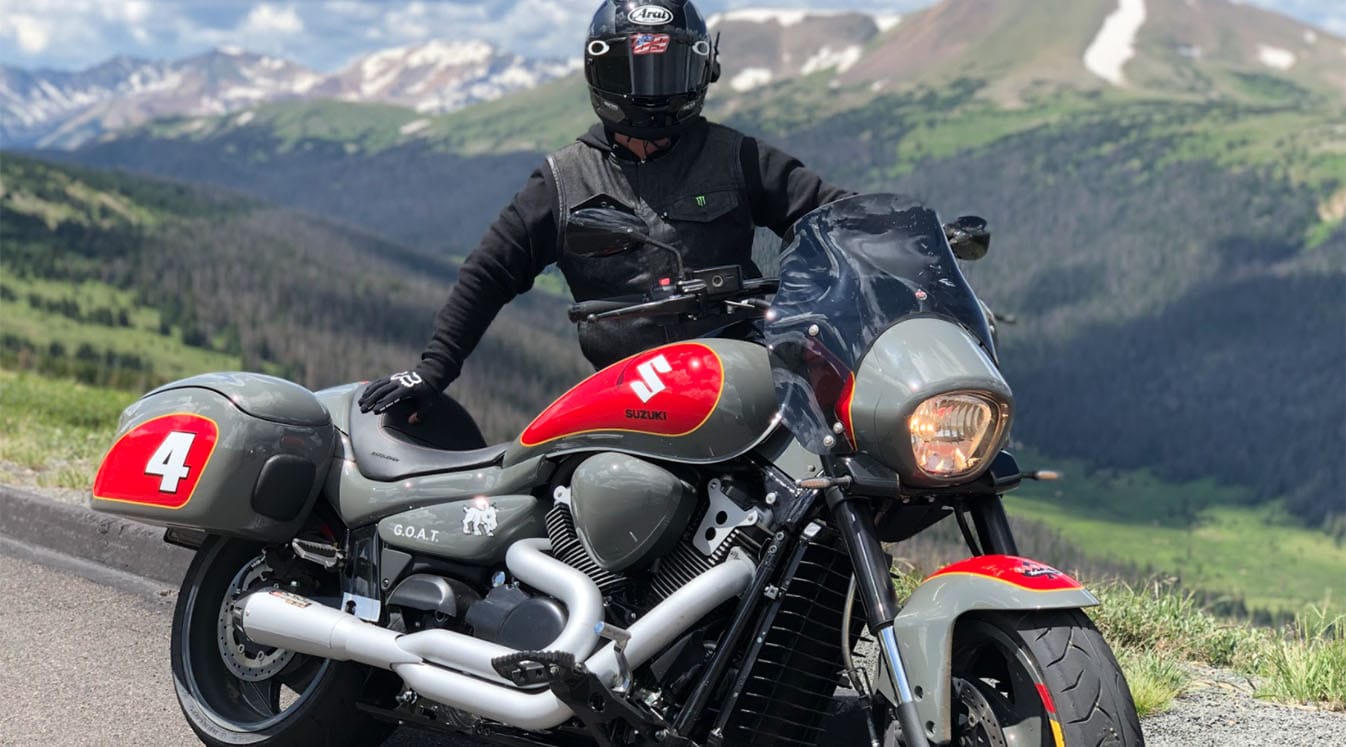UTVs can help you and your friends explore the deep recesses of nature. So, why not stay awhile and soak up the scenery instead of driving back the way you came when the sun goes down?
You can use your utility terrain vehicle to camp, hang out or even live off the grid in some of the most remote regions to create a private slice of paradise. The social isolation of COVID-19 and the high cost of living have turned the once little-known practice of overlanding into a worldwide phenomenon. Use our UTV overlanding guide to learn how to turn your off-roader into a portable living station.
What Is UTV Overlanding?
Overlanding is more a lifestyle than an activity. It means venturing off-road and living in or exploring a remote destination for several days or more. For some, it means living off the land, returning to a simpler time and leaving the comforts of the modern world behind. Interest in overlanding has skyrocketed over the last few years, and automotive manufacturers and industry groups like SEMA (Specialty Equipment Market Association) are taking note, devoting entire trims, features and events to living off the grid.
In practical terms, UTV overlanding means making a permanent or temporary home out of a remote patch of land using whatever you can carry with a trailer or camper hitched to your UTV. You can lead a simple life without the burden of paying rent or a mortgage, spend a long weekend in nature or change locations quickly on a long shoot or expedition.
What Equipment Do You Need to Go UTV Overlanding?
You’ll need a well-maintained, durable off-road vehicle to explore hard-to-reach areas and uneven terrain. ATVs and UTVs are practical choices for overlanding, but choosing between a UTV vs. ATV will determine the number of passengers and vehicles needed to transport your equipment.
UTVs can seat multiple people, but you and your companions can drive multiple vehicles and use the extra seats for storage. To carry more supplies, you can hitch a trailer or camper to the rear. Make sure your UTV has the torque and towing capacity to transport the combined weight.
Wear safety equipment to reduce your risk of injury, including a full-face helmet or skull cap with goggles, gloves, riding boots and pads when rock crawling or navigating steep terrain. Pair your helmets with off-road headsets to communicate hands-free with other riders. They mount onto your gear and sync via Bluetooth when in range to keep you focused on the road.
Use the Packtalk Edge ORV to check on other riders and your equipment when riding side-by-side or in a single file formation. It connects automatically, so you don’t have to keep resetting the device.

Source: Kiattipong/Shutterstock.com
When packing for your trip, be sure to include the following:
- GPS, map and compass
- Radio or communication devices, such as the Cardo Packtalk ORV
- Water (two gallons per person per day)
- Cooler (for perishables and preserving meat)
- Dry goods (high-protein snacks)
- First aid kit
- Emergency contacts
- Moisture-wicking inner layers
- Waterproof outer layers
- Sleeping bag or hammock
- Pillow
- Emergency blanket
- Flares
- Winch (for getting unstuck)
- Eating/drinking utensils
- Bug spray
- Spare fuel can
- Camping chair
3 Tips for UTV Overlanding
Now that you know the basics of UTV overlanding, read on for some helpful tips to keep in mind before you set out on your adventure.
1. Bring Only What You Need
Weighing down your UTV reduces acceleration with too much gear. The engine has to work harder to drive uphill and get through dense mud, dirt and sand patches, increasing your chances of getting stuck. Heavy off-road hauling can also lead to overheating and excess wear and tear.
Limit your inventory to the essentials. If you need to bring heavy recreational equipment, disassemble it and drive it in parts using multiple UTVs.
2. Stay Off-Road
UTVs and ATVs aren’t street-legal, which means no driving on public roads. You need to drive on dirt the entire time to avoid getting ticketed. Use a pickup truck or van to haul your UTV to the trailhead. Choose destinations and routes that bypass busy streets, campgrounds or trails popular with pedestrians.
3. Camp in Approved Areas
Overlanding can invite a free-spirited sense of adventure that lets you make your own rules, but you can only settle down in approved camping areas. Some parks forbid riders from spending the night. Camping on someone else’s property is considered trespassing. Make your presence known to hunters and park rangers to avoid becoming a target.

Source: FS Stock/Shutterstock.com
Relying on nothing but your UTV for over 24 hours can be a thrilling experience. However, proper preparation is key before starting your journey. Keep this guide and helpful tips in mind before you embark on your next UTV overlanding adventure.
Get Off-Road Headsets for Seamless Coordination




